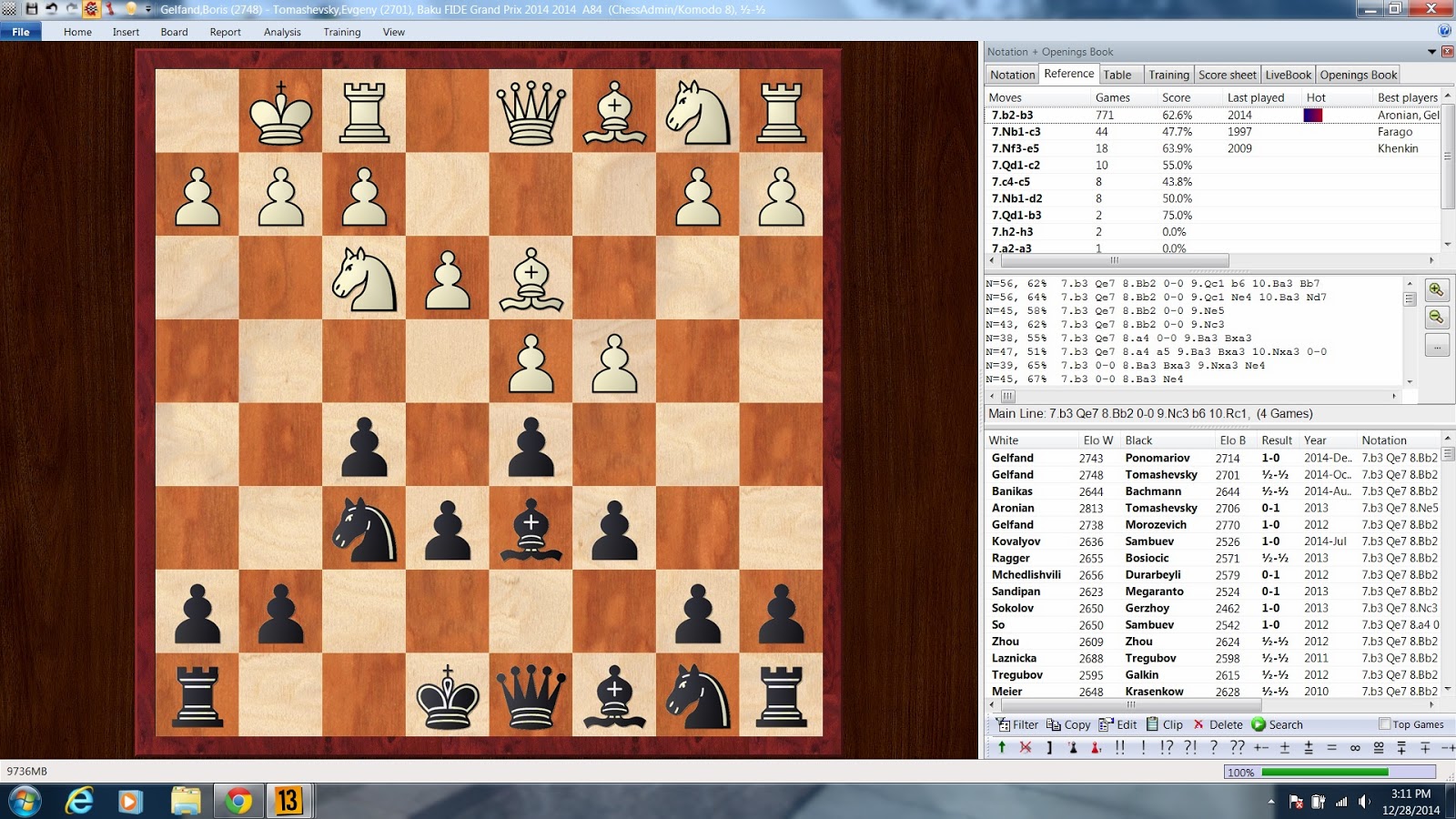
Also, he has not developed a piece, nor has he facilitated the development of a piece. He has affected the center, but the move 2.d6 would have done the same and gained some control on the queenside. This weakening is called "opening the door," and White must take advantage of this.īlack has failed to follow the principles here and has received no compensation. The move 2.f6 appears to defend the threatened e-pawn, but this is an illusion, as the game shall demonstrate.īlack has weakened the kingside, allowing attacks on the f7-square, which is protected by nothing other than the king itself. If Black felt brave, he could also venture into the murky waters of 2. Nf6 (Petrov's Defense).Įither of the knight moves would have maintained the balance of the game by contesting the center. d6 (Philidor Defense), or counterattack White's pawn with 2. On h3, it would not attack the center, and on e2, it would be temporarily in the way.īlack makes a worthless move, entering the infamous Damiano Defense.īlack needed to defend his pawn with either 2. The knight, on the other hand, usually goes to f3 anyway, because the other squares it could move to are inferior: That would not be a bad idea, but it isn't clear yet whether the bishop wants to be at c4, b5, or possibly even behind the pawns. White also could have moved out the kingside bishop. It is better to wait until there are other pieces in the fray which can serve as shock troops for her. And while you are simply moving your queen around, your opponent will be able to keep developing their pieces. Thus, your opponent can keep attacking your queen with different pieces. The queen is generally too valuable to trade for any other piece except the enemy queen (however, it can be traded for multiple enemy pieces of equivalent total value, such as two bishops and three pawns two bishops and a knight or a rook, a bishop, and a pawn, for instance), so it can't do much by itself unless the opponent carelessly leaves pieces unprotected. White could have moved out the queen instead, but that would be dangerous. The initiative may appear to offer only a slight edge, but at the hands of a master, it can be deadly. So now, Black must choose a move that defends the pawn, or else he might lose it. The opposing piece would move as a normal attack and remove the pawn.White is mobilizing forces by bringing a knight forward into an attacking position.īecause the white knight is attacking Black's e-pawn, White is maintaining the initiative by forcing Black to react. When a pawn moves two squares on its first move an opposing pawn can capture it if it would have been able to capture the pawn had it only moved one square. The King cannot be in check or move through check to make this move. The castling move can only be made if it is the King’s first move and the involved rooks first move also. When there are no other pieces between a king and his rook, the King can move two squares towards the rook and the rook is moved to the other side of the King. If a pawn makes it all the way across the board it can be promoted to any piece. If no moves can be made without putting a king in check, the game is a draw. A king cannot make a move that would put itself into check. When a move is made that a king cannot escape “checkmate” is announced. When check is announced, the opposing player must take the King out of danger by either moving the King or moving another piece to block it or capture the piece that is threatening the King. When a move is made that can result in the opposing King being captured on the next move, “check” is announced. Players take turns making moves with the goal of capturing the opposing King in mind.


The game begins with the white player going first. This diagonal move by a pawn can only be made when capturing a piece. The can only capture a piece that is diagonally in front of them. The pawns cannot capture a piece that is right in front of it. When a piece makes a move that ends on an opponent’s piece that piece is captured and removed from the board.


 0 kommentar(er)
0 kommentar(er)
